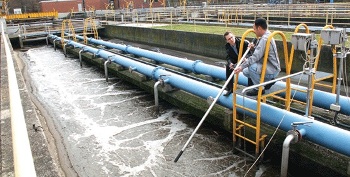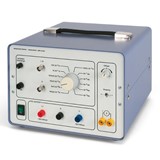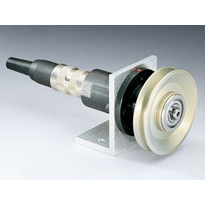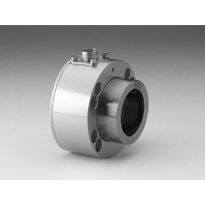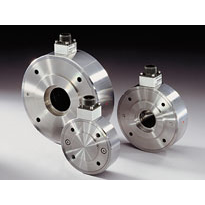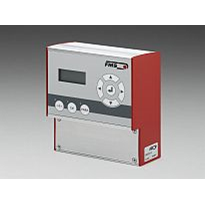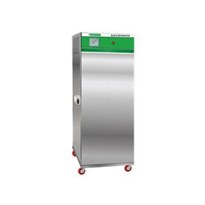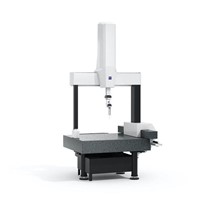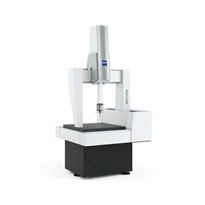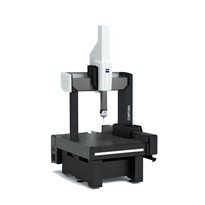While this surprises many people, the reason becomes clear when you consider that milk has a biochemical oxygen demand (BOD) 350 times greater than sewage.
The high BOD is due to the high concentration of organic matter; milk contains dissolved fats, sugars, proteins, possible additive residues as well as high levels of nitrogen and phosphorus associated with the milk proteins. Its presence in waste-water is highly polluting and can lead to very rapid de-oxygenation of receiving waters.
The costs of dealing with milk in domestic waste are 350 – 460 times higher than standard waste-water due to increased energy usage (to oxygenate the waste), water dilution and pre-treatment chemicals. In many countries the dairy industry is generally considered the largest source of food processing wastewater.
Untreated effluent has a BOD averaging from 0.8 to 2.5 kg per metric tonne of milk. Industry process requirements are becoming increasingly stringent and means continuous monitoring of BOD and other parameters is necessary throughout processing so that steps can be taken to reduce the waste load.
Endress+Hauser manufactures a wide range of BOD measuring solutions which can be in-line or on-line and use both Colorimetric and UV-Photometry measurement principles.


